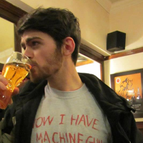17 pseudo-sequels that began life as completely unrelated games
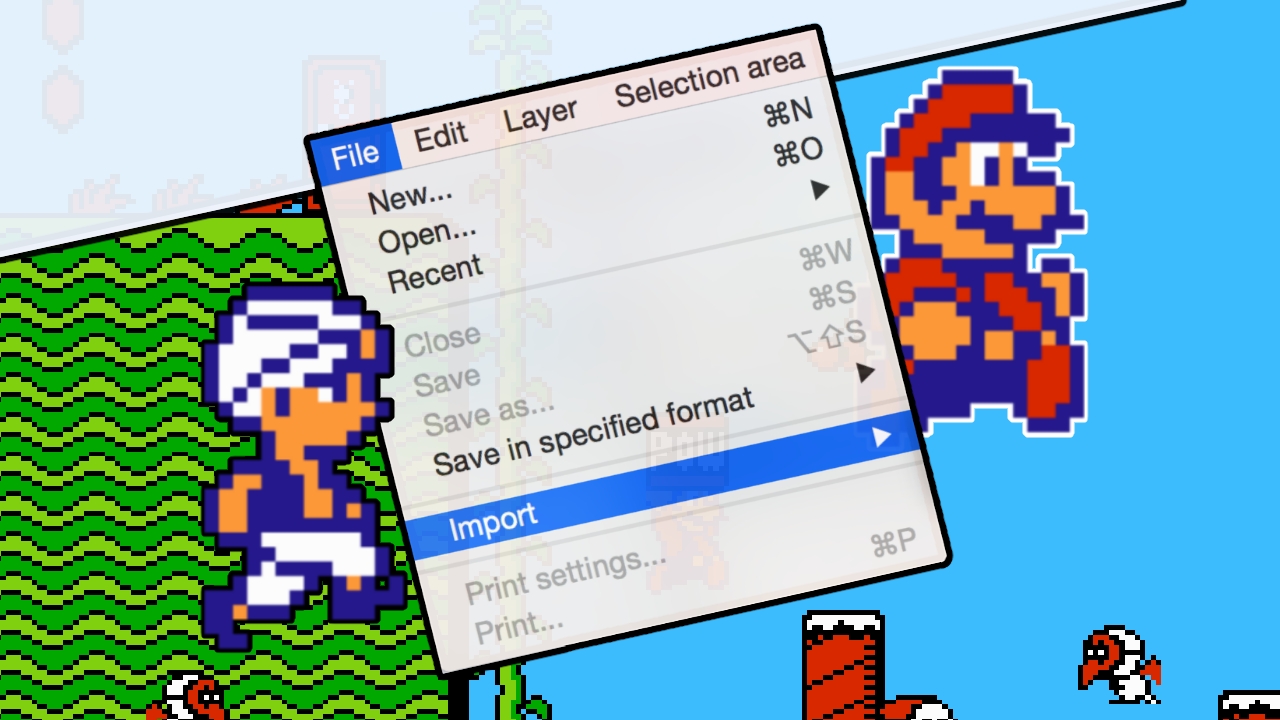
Co-opted
Sequels are a fact of life in the wonderful world of video games. If a game does well, you make another one like it. No brainer. If people liked a thing, then they'll like more of that thing, and this time round, that thing's previously risky, untested title will come dripping with the high-value promise of A Thing People Previously Liked. Iterative design refinement and safe recognition are the twin pillars this industry is build on, goddamnit.
But what if you want a sequel, but don't have one readily to hand? Or you've accidentally made another game that, however decent it might be, runs the risk of not making the impact you hope for on its own, perhaps even because it's slightly similar to the thing you wanted to make a sequel to in the first place? Well then, my friend, you fiddle the graphics, change the title, and indoctrinate that game into your franchise post-haste. It happens more than you'd think. Sometimes it works well, sometimes it doesn't. Not all games are created equal. But then not all sequels are created sequel. Now forget I just said that and read on.
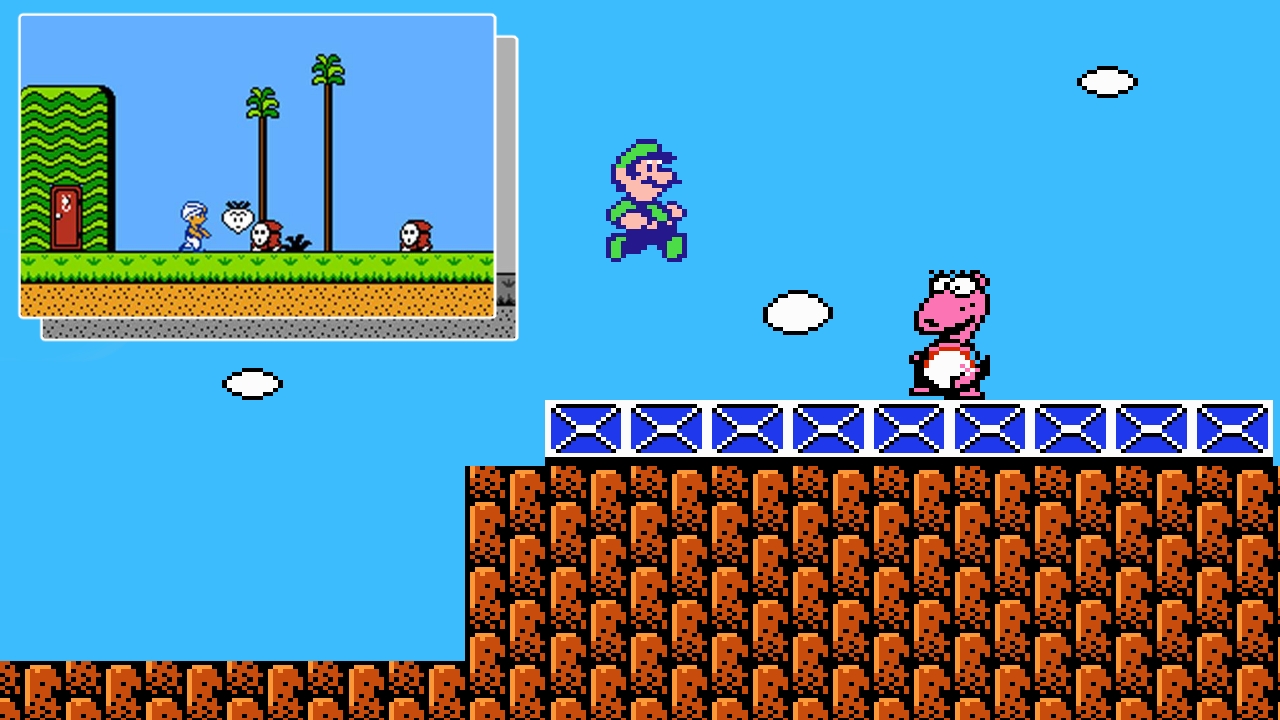
Super Mario Bros. 2 (Dream Factory/ Doki Doki Panic)
The strange second cousin of the Mario saga, Super Mario Bros. 2 - also known as 'Super Mario Bros. USA' in Japan - is a chronology thwomping platform title released in 1988. Intended to be far more forgiving than its Japanese-only namesake (later released in the West as 'SMB: The Lost Levels'), this confusingly titled adventure endured several major revisions, before Shigeru Miyamoto and co decided to base the game around an already existing platformer.
That game was Yume Kj: Doki Doki Panic, or 'Dream Factory: Heart-Pounding Panic' - a corporate tie-in title for the Fuji television network. In addition to replacing the game's four playable family members with Mario, Luigi, Peach and Toad, Nintendo also redesigned many of the game's background elements - even adding in a run button so as to keep up with franchise tradition. Incidentally, the game also marked the debut of some of Mario's fiercest foes, including the Shy Guys, Bob-ombs and Pokeys - whose continued usage reflects the game's status as an unusual, if accepted member of the Mario stable.
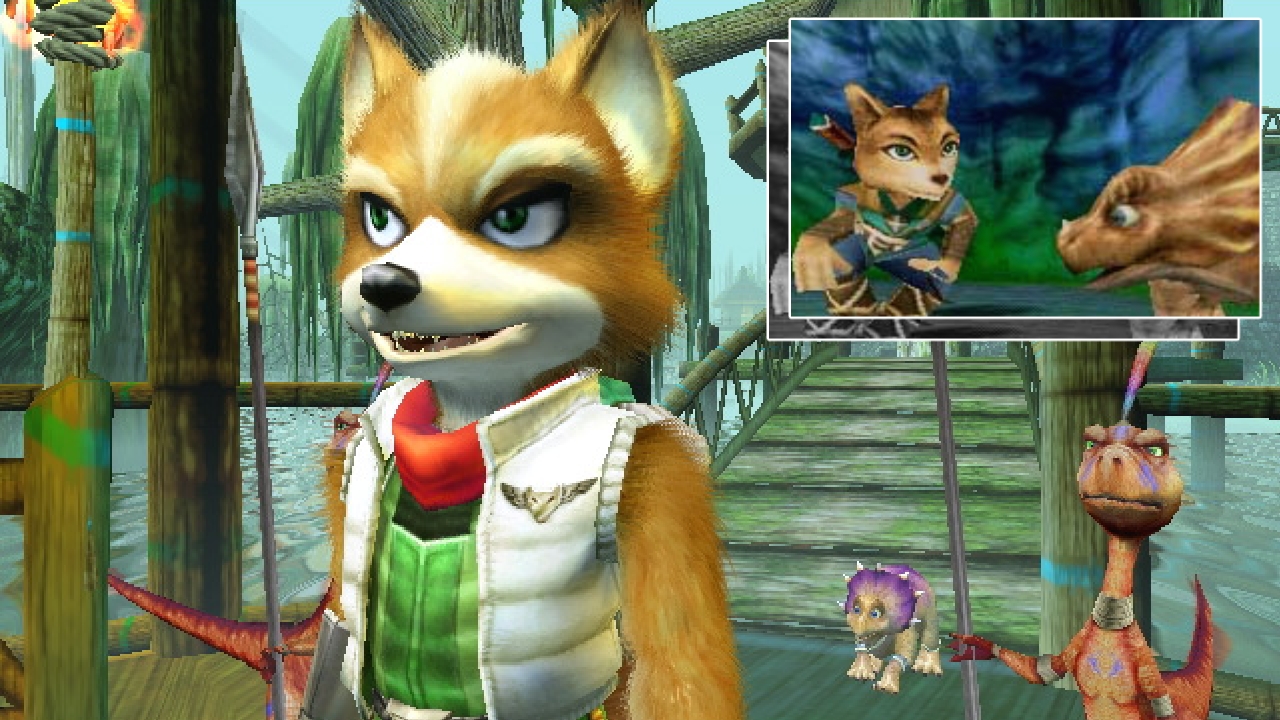
Star Fox Adventures (Dinosaur Planet)
Originally slated as an N64 release, Rare's Dinosaur Planet would've introduced fans to Sabre, a plucky young Wolf cub out to save the world of Sauria. According to Shigeru Miyamoto Sabre's design so closely resembled that of Star Fox's virtuous vulpine that the decision was ultimately made to merge the IPs together. It's unknown to what extent this alteration changed the game's core components - components that at one time were said to have focused on frequent character swaps - though we do know that relatively little was changed in the way of narrative.
Ultimately, many fans found the game's new setting - not to mention its melee based brand of action - to be too different from what they'd already come to expect from the franchise. Ironically, prior Star Fox titles had alluded to the existence of such 'Dinosaur planets', though never with the intent to actually visit one.
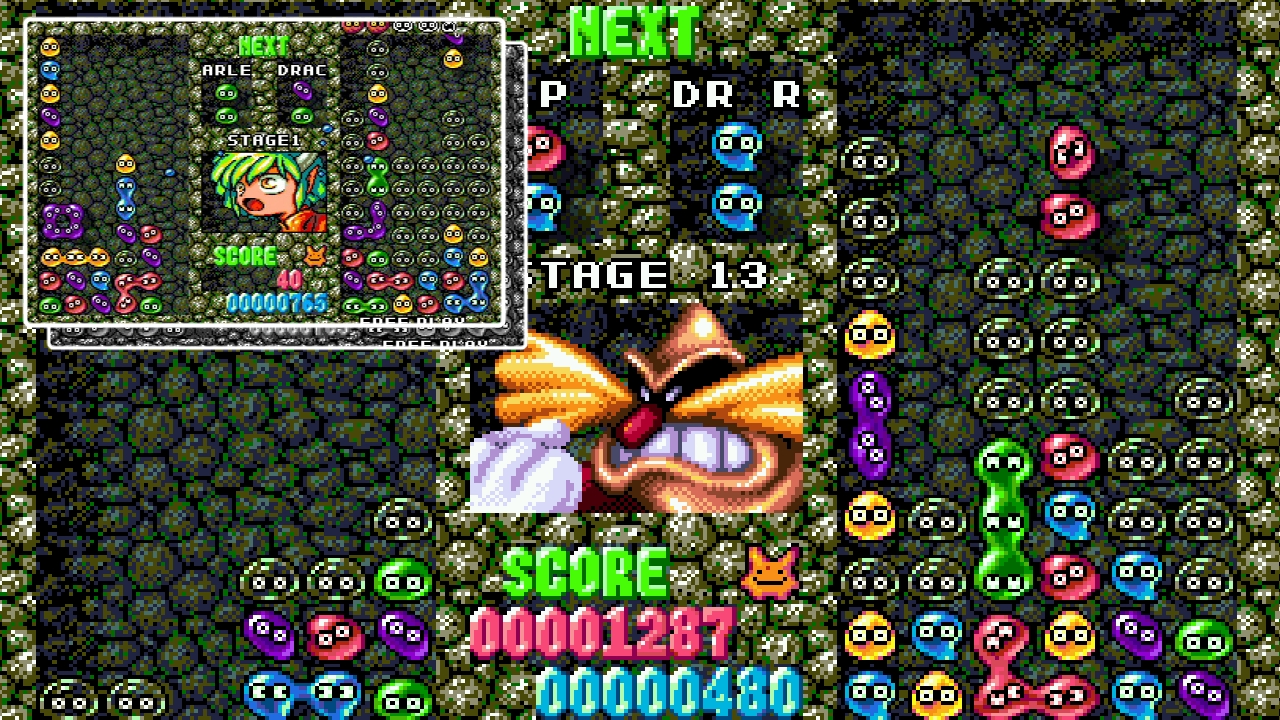
Various (Puyo Puyo)
It's hardly unheard of for a single puzzle title to be rebranded and rereleased several times over, though relatively few will have spawned so many iterations in as short a length of time as Compile's Puyo Puyo. First released in 1991, this kawaii-styled puzzler was originally based on characters from obscure RPG Madou Monogatari, and was therefore 'sprite swapped' upon its western ports to include more readily acceptable designs.
Substitutes included Nintendo's own Kirby, as well as Sonic's Dr. Robotnik - with the game's jelly monsters becoming ghosts and sentient bean people, respectively. Further alterations came in the form of a Lion King tie-in for PC - and an eventual Japanese iteration starring the Gundam cast.
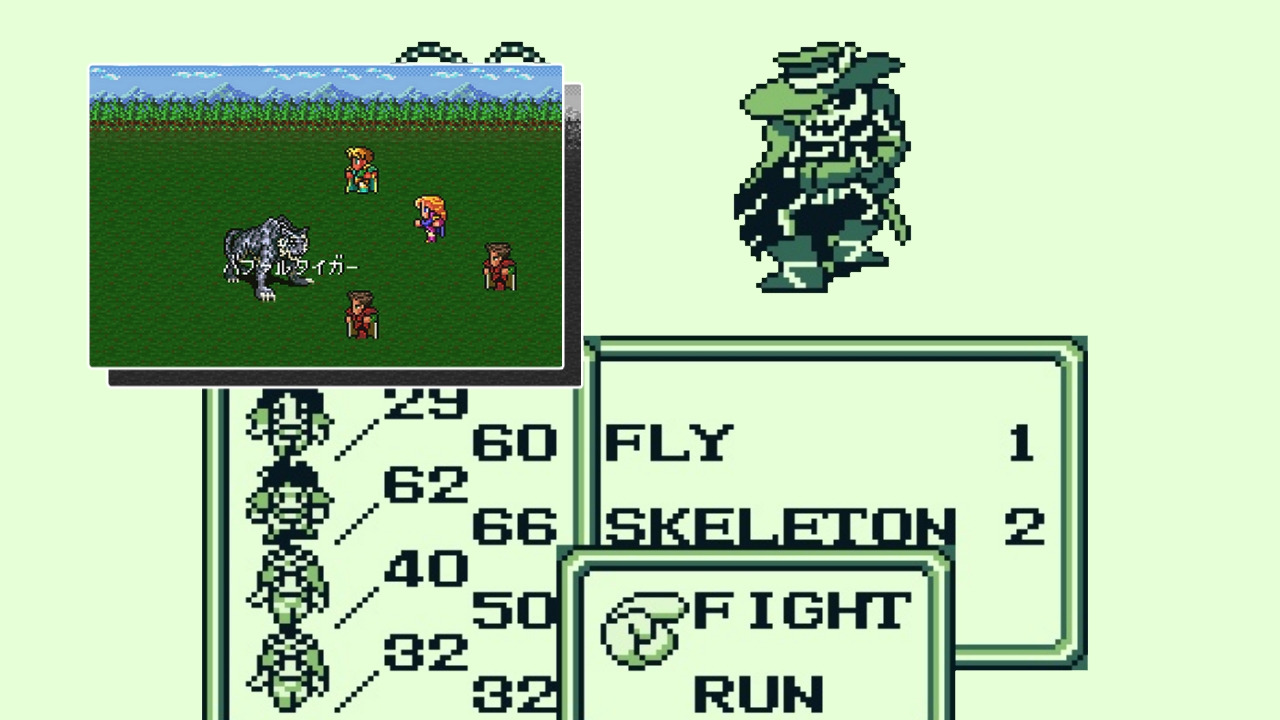
SaGa (Final Fantasy Legend)
There's a curious sort of irony, not to mention defeatism, behind the idea to rename the first three SaGa titles as FF Legends one through three. Here was a fresh new IP - one that would go on to do rather well for itself - being mislabelled with the retail-friendly tag of another title. A title, it should be mentioned, that had at one time inspired similarly low confidence, and yet through its own innate quality had established a worldwide franchise worth millions. Suffice to say - you'd think that Square might've been a little more willing to let SaGa stand on its own two feet. But hey, that's business.
It certainly didn't hurt their integration that the two series had a good deal in common, namely their fantastical settings and random monster encounters. However, SaGa also boasted plenty of unique ideas - including the concepts of open-world exploration, non-linear progression and complex, branching narratives - all of which jarred against the typical FF template.

Wing Commander Privateer 2: The Darkening (The Darkening)
Developed by Erin Roberts, brother of Chris (i.e. the man responsible for Wing Commander) Privateer 2 occupies a rather odd spot in the franchise's overarching canon. Taking place in a new and distinct region of the galaxy, one with its own technologies, warlords and territorial disputes, The Darkening might easily be mistaken for a wholly unrelated adventure. Indeed, the only real point of cohesion here is its shared use of the iconic Talon fighter, though even that only appears sparingly.
To all intents and purposes then, this is a unique game. It might even have been considered for release as such - under the title of The Darkening - if early promotional posters are to be believed. Was the game eventually brought into the fold so as to ensure its success, tagged with the Wing Commander brand at the height of its powers? That's certainly a possibility, though given the aforementioned family ties, hardly the most egregious case of co-option featured on this list.
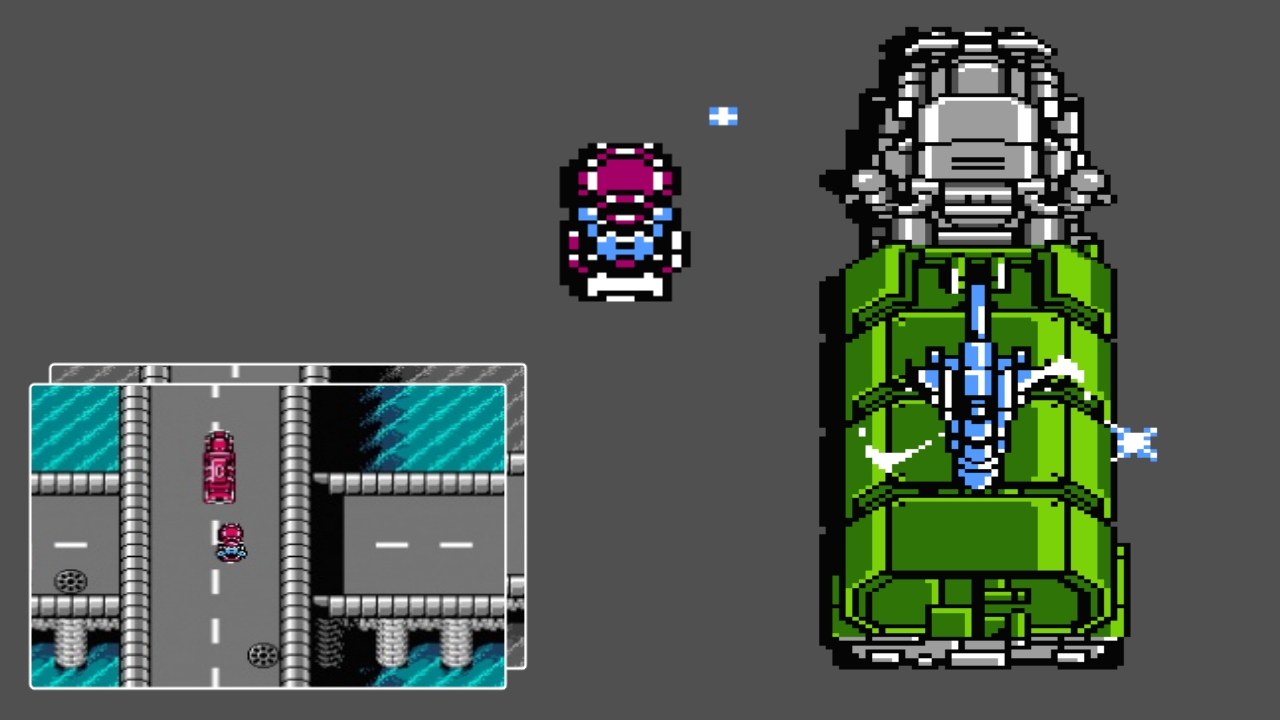
Super Spy Hunter (Battle Formula)
A case of clever marketing this one - Super Spy Hunter began life as 'Battle Formula' in Japan, a similarly vehicle-based shooter bearing no relation to the Bally Midway original. In an effort to cash in on Spy Hunter's superior name recognition, publisher Sunsoft opted to acquire said license prior to the game's western release. Despite apparent similarities - namely in the use of vertical scrolling and transforming cars - Battle Formula actually has far more in common with the hectic likes of Ikaruga and even Contra than the comparatively docile, James Bondian wish fulfilment of the Spy Hunter series.
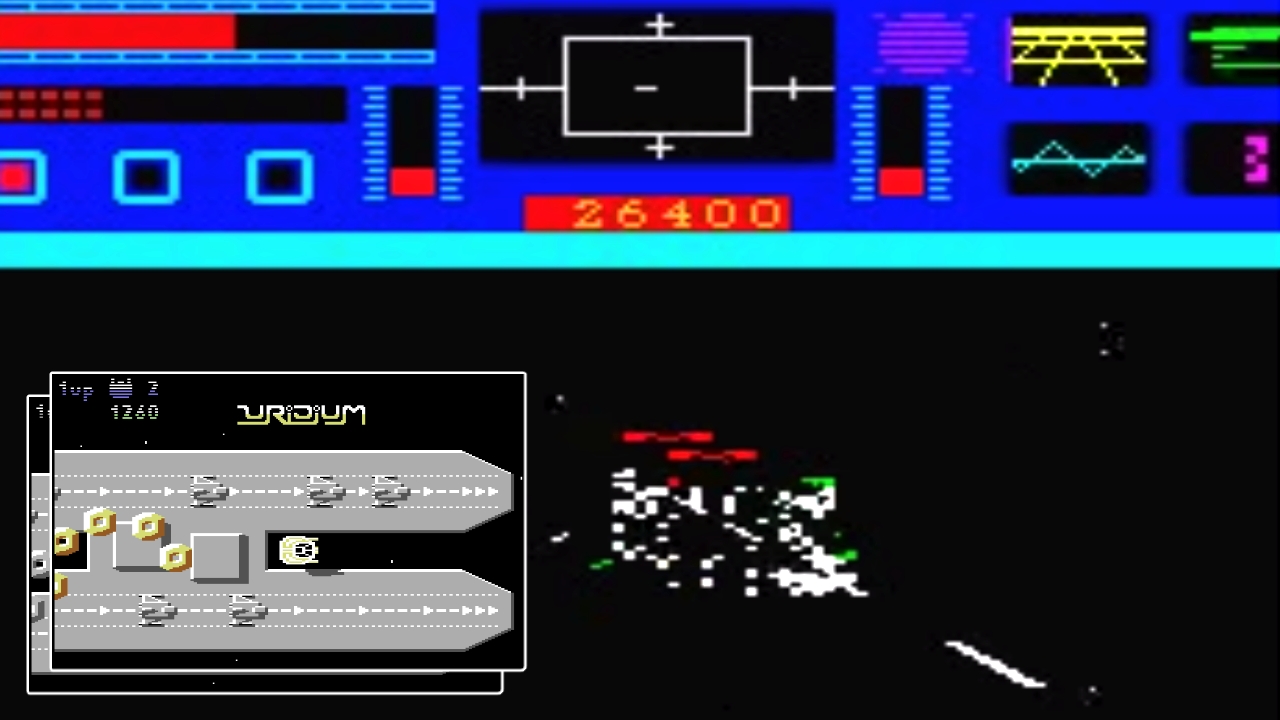
Star Raiders 2 (The Last Starfighter) & The Last Starfighter (Uridium)
Confusion reigns where Last Starfighter franchise is concerned. Just as its movie rights remain trapped in legal limbo, so too have its video games been made to endure a succession of strange and unpredictable turns. What follows below is my bloody big diatribe attempting to explain that history in the style of a teenage airhead, for no particular reason.
So - Star Raiders 1 was this totally important spaceflight shooter that was also inspired by a Star Trek game that just so happened to share a name with the arcade cabinet from the movie The Last Starfighter. So then Atari decide that they're going to make their own Last Starfighter game for real, but end up changing their minds / losing the rights to it and releasing the game as Star Raiders 2 instead. Anyhow, these two Star Raiders don't have very much in common, besides the fact that they're both spaceflight shooters, but who actually cares at this point? Then this other company - Mindscape buys the rights to this super obscure Commodore 64 shooter named Uridium and just repaints the whole thing to look exactly like The Last Starfighter. Simple, right?
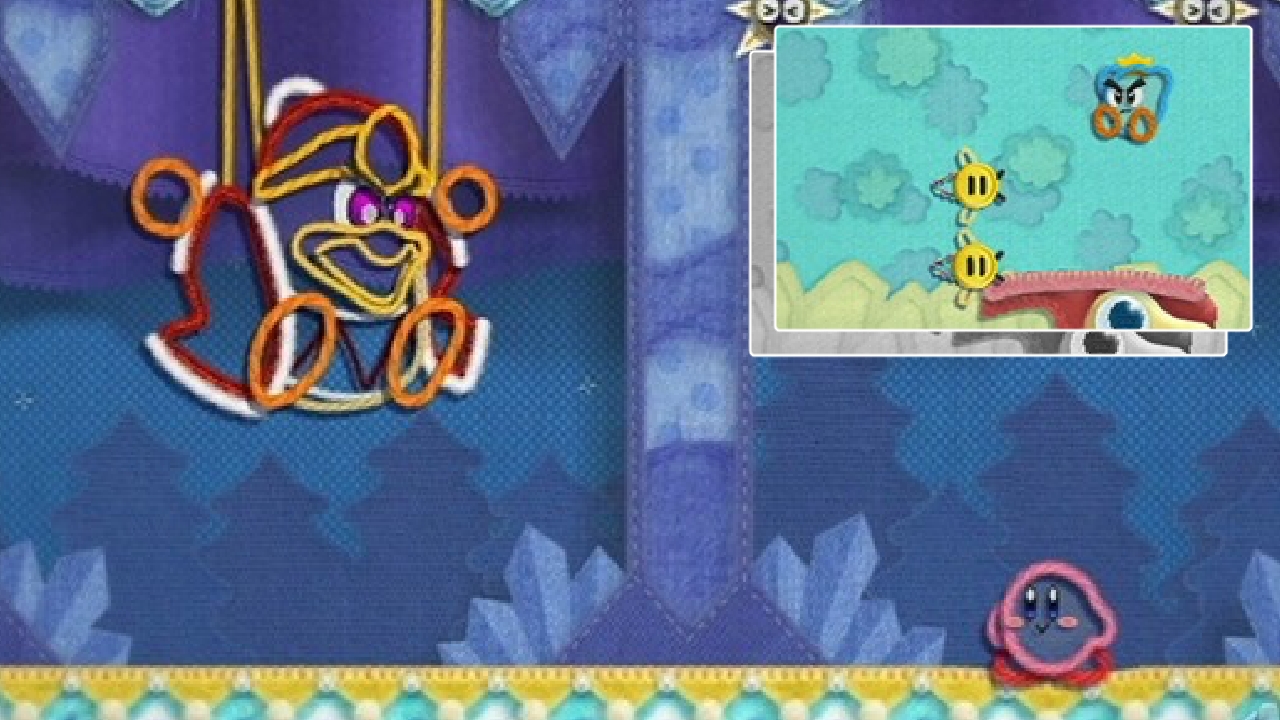
Kirby's Epic Yarn (Fluff of Yarn)
Another victim of the 'safe' marketing move - Kirby's Epic Yarn was once known as Fluff of Yarn, a brand new IP boasting a brand new mascot. Thankfully much of 'Fluff' was retained in the final product, with the now-deposed Prince Fluff appearing in the role of Kirby's faithful ally. The decision appears to have paid handsome dividends for Nintendo, with the game going on to become the most successful instalment in the pink blob's storied history, shifting an impressive 2 million units worldwide.
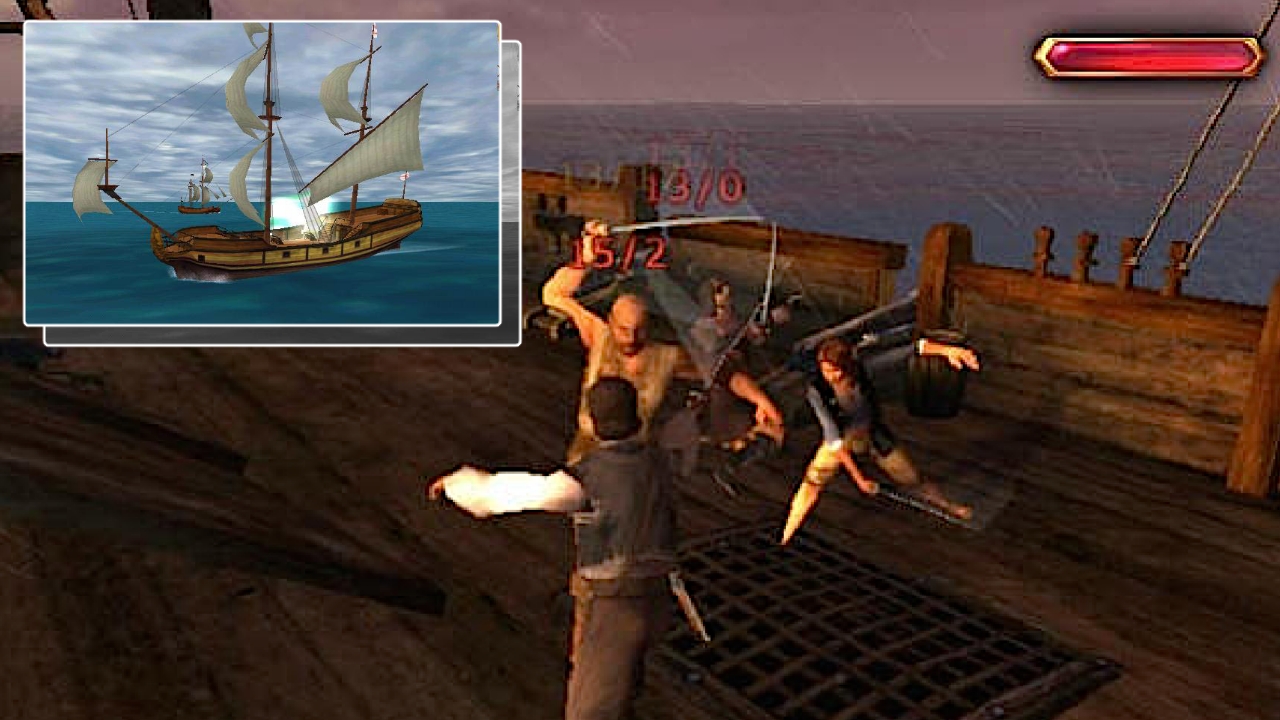
Pirates of the Caribbean (Sea Dogs 2)
Aside from its mandatory LEGO outing, the Pirates of the Caribbean franchise hasn't exactly been best served on the interactive front. 6 major releases and 6 major disasters, each one more awful than the last. So where did it all go wrong exactly? Did the brand's minders just hand over the reins to some rookie, know-nothing studio? Was it just all put together in a big old rush, as is so often the case? It would certainly seem that way, wouldnt it? And yet, when it came time to produce the series' first home console release, then-licensees Ubisoft did make a pretty damn good decision.
Hot off the heels of its first highly-praised pirating title, Akella Studios was already hard at work on Sea Dogs 2 by the time Ubisoft came a-calling. With the newly christened Pirates of the Caribbean now expected to be released day and date with the film of the same name, it's possible that the title suffered a curtailed development, though the only movie elements to actually find inclusion were a Keira Knightley-led prologue and a small number of Black Pearl cameos. While by no means the disaster that many later Pirates titles would become, I've a feeling this bumbling landlubber might've been better off remaining a sovereign Sea Dog sequel.
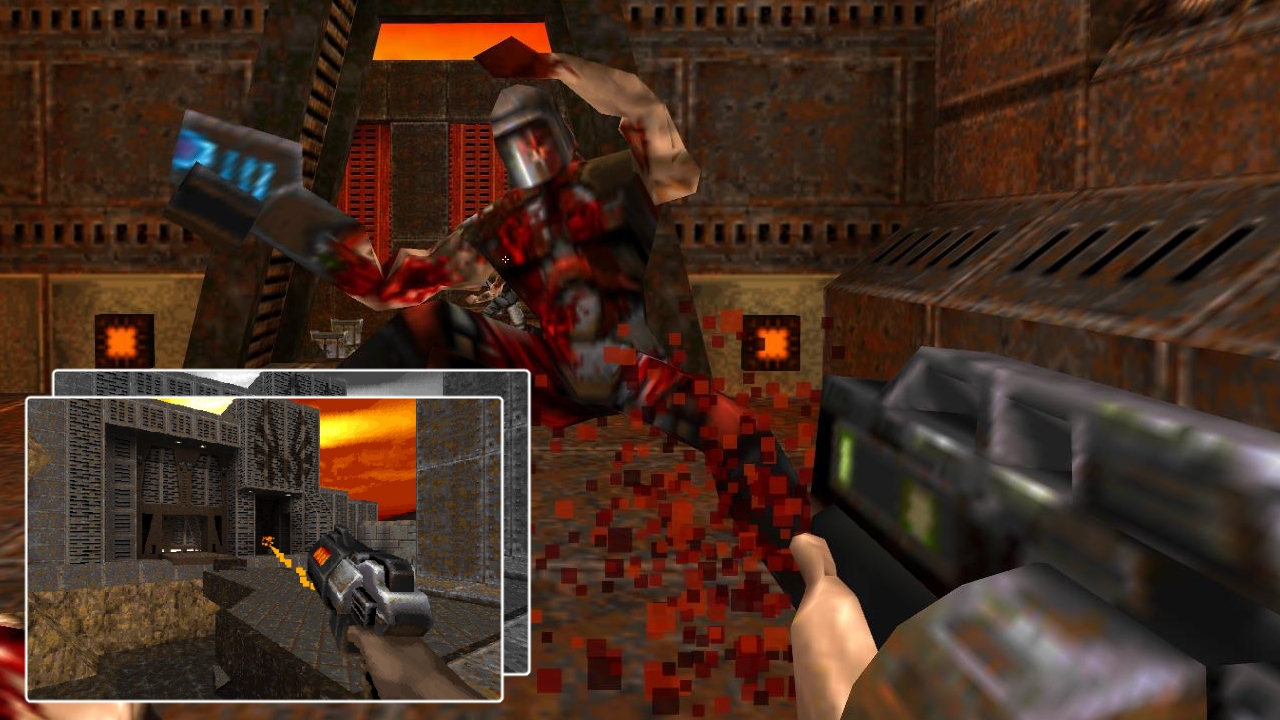
Quake 2 (WOR & others)
Dont be fooled by the seemingly self-explanatory title. Quake 2 is in no way a sequel to the original Quake. Alright, so maybe in one way - but not the way that counts. You see, when it came time to pop a label on Q2's box, the folks at iD Software could only come up with a string of unavailable names, previously trademarked titles that reportedly included such inspired picks as 'WOR'.
In the end, iD became so incensed by the process that it simply opted to reuse the Quake copyright instead. Differences between the two titles include Quake 2's slower, more deliberate pace, distinct enemies and settings, and the addition of a brand new 'hub-world' environment. Still, they use the same engine, so there's that.
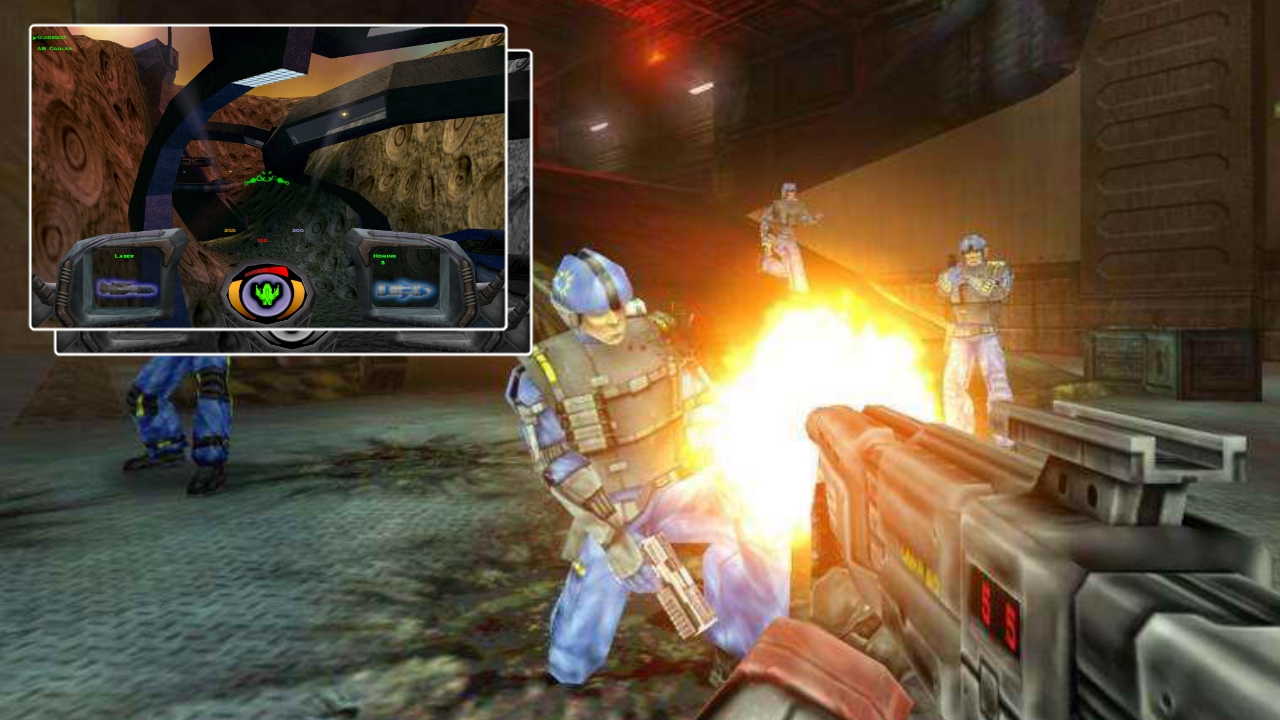
Red Faction (Descent 4)
If the original Red Faction was Frankenstein's monster, then Descent 4 would be the poor unfortunate dead fella giving up his torso. That's because D4 provides the basic foundation for this wall-smashing shooter, having itself been cancelled back in the year 2000. Elements from the game were subsequently carried over to THQ's effort, including the patented GeoMod engine and associated lines of code.
While neither title is officially related, many recurrent plot points do appear. These include the name of the game's protagonist, Parker, as well as the presence of a corporate controlled virus, striking workers and nanotechnology. Fans of the original Descent series will be pleased to know that the franchise recently made Kickstarter funding for a sequel.
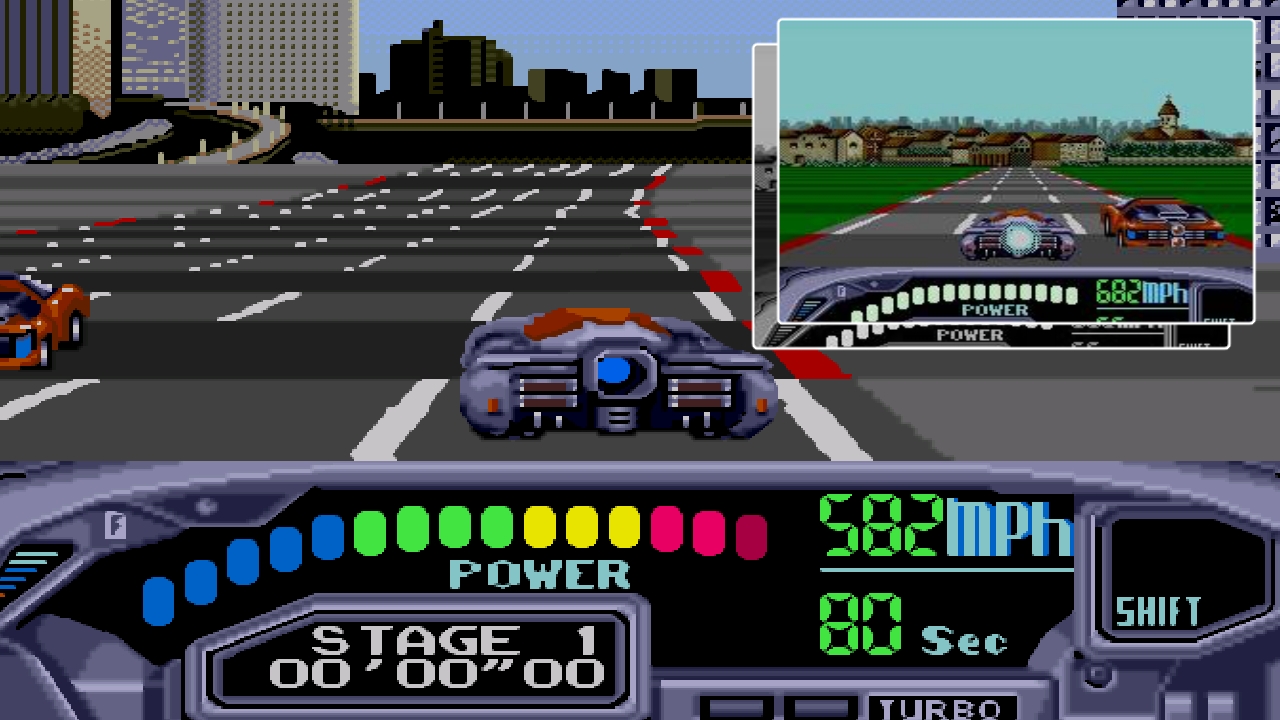
Outrun 2019 (Junker's High/Cyber Road)
Outrun 2019 was originally known as Junker's High - which by the sounds of it was either some sort of German secondary school sim or a meth-making tycoon title set at the local dump. 'High' was itself based on another unreleased racer known as Cyber Road, a game originally intended to hit the SEGA CD, before the platform's commercial failure prompted a move to the more popular Mega Drive/Genesis. Despite its many contrasts to the mainline Outrun franchise, SEGA nevertheless attempted to pass off the title as a futuristic quasi-sequel, one in which all the cars can now apparently exceed 600 mph. Hey, at least it kept the whole branching tracks thing
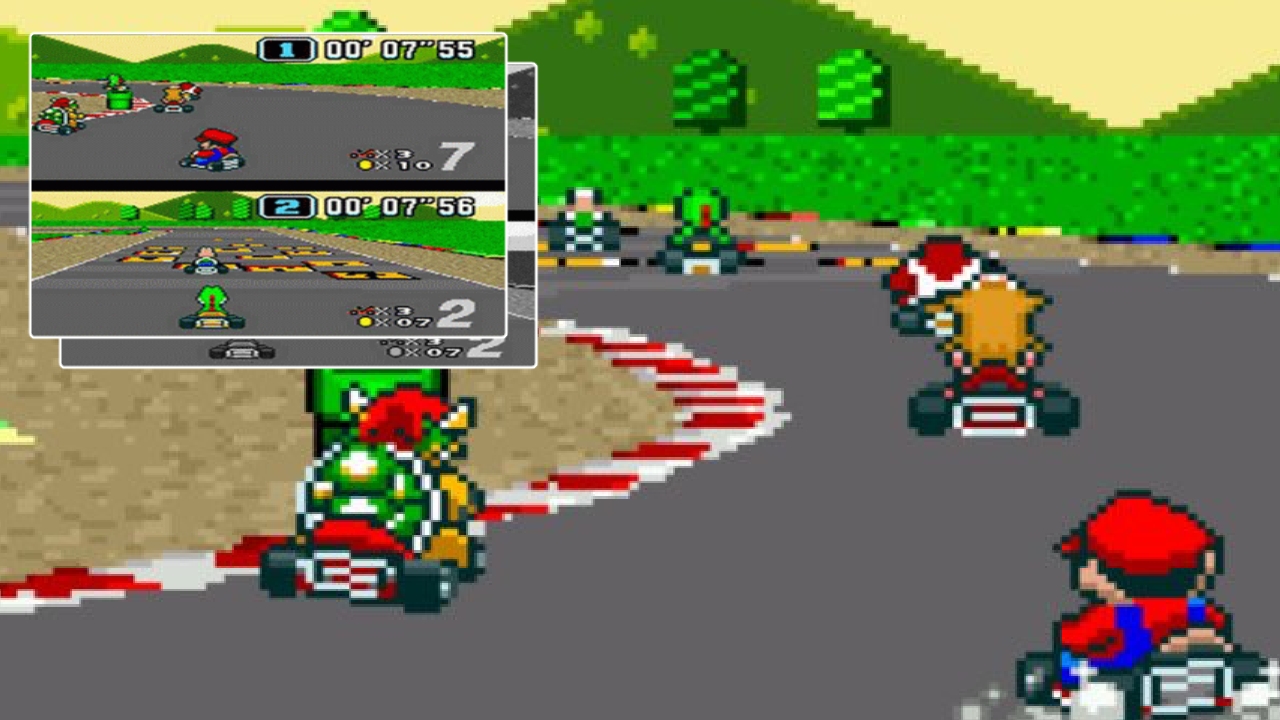
Super Mario Kart (Untitled)
The mother and father of all mini mascot racers, Super Mario Kart for the SNES came about much as one would expect. Nintendo was hard at work on an unnamed racing game, one that would allow for 2 players to duke it out via split-screen (a feature missing from the earlier F-Zero) when some bright spark had the notion to replace the game's coverall-clad racers with Ninty's moustachioed mascot. The rest, as they say, is history. A history in which we aren't all fawning over Beige Faceless Bloke Kart 8.
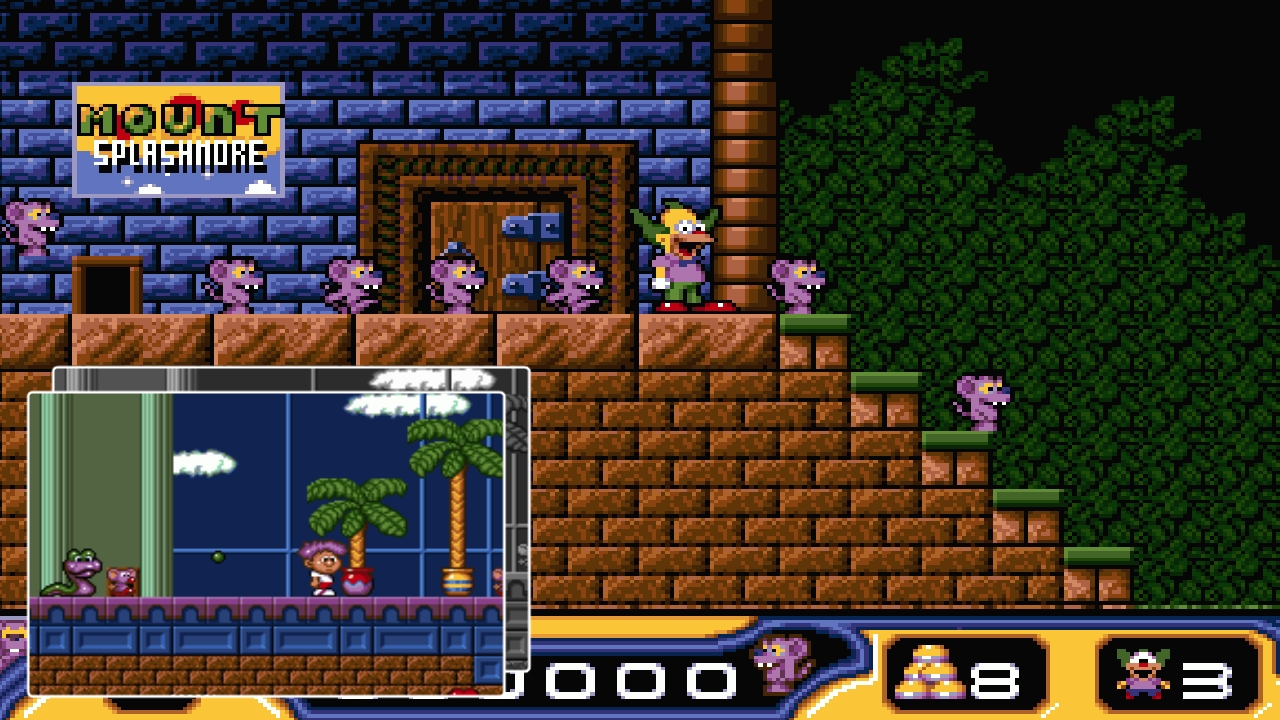
Krusty's Fun House (Rat Trap)
A simple cash-in palette swap, Krusty's Fun House didn't even bother to change the game's primary villains, meaning that you'll still be required to smash up several hundred rats for no discernable reason. Not to poke holes in what was essentially a children's title but wouldn't Krusty just hire an exterminator? And why are the Simpsons assisting him?
Surely the devs could've subbed in a couple of snakes instead. After all, Springfield has a long and storied tradition of whacking those slithering beasts. Of course, none of these minor niggles can hope to hold a candle to the game's most singularly atrocious offence, that of casting Bart Simpson in a green t-shirt. Green!!!? It's like they got it wrong on purpose. Even Matt Murdock knows that Bart rocks Orange.
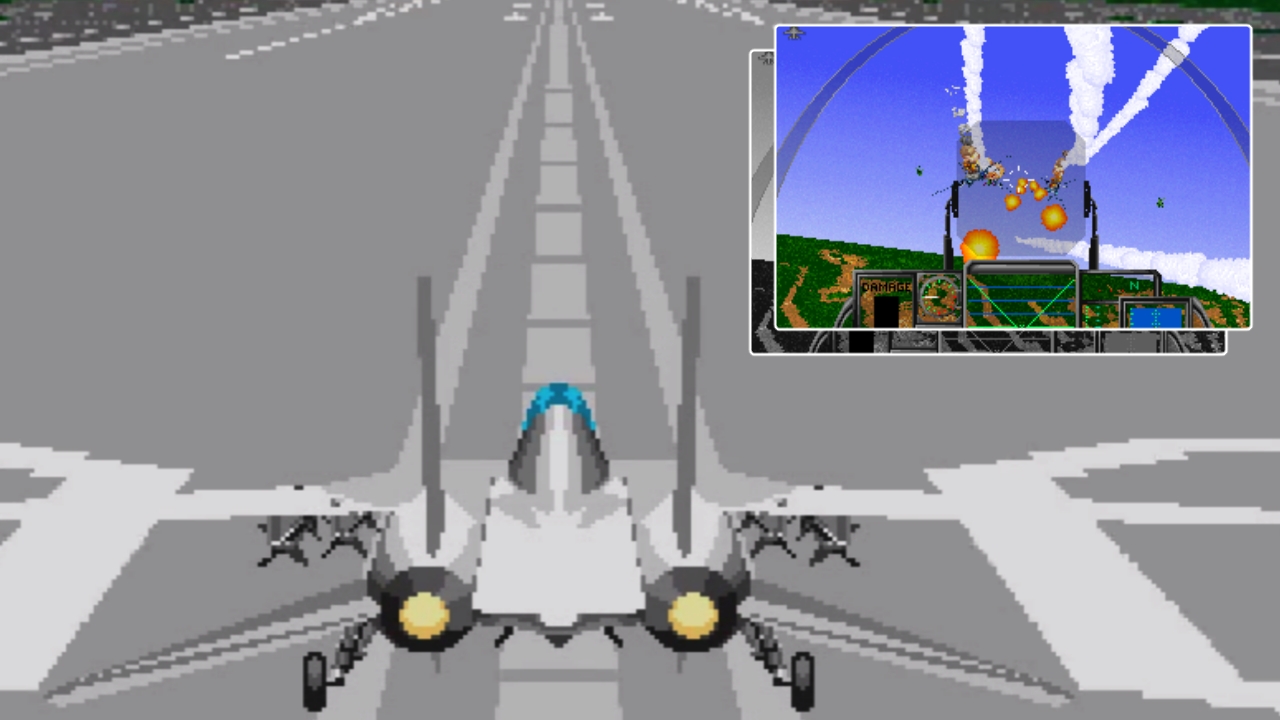
Afterburner 3 (Strike Fighter)
If this list serves to prove anything it's that video game publishers have become an awful lot more protective over their IPs in recent years. It used to be the case that any old dross could bag itself a license, provided it bore a decent enough resemblance to your own. Even then, many supposed sequels were far from being similar. Afterburner 3 is something of a mixed bag in that respect, being neither totally unlike either of its predecessors nor wholly appropriate to its newly adopted series.
Originally released in Japan as Strike Fighter - itself a sequel to the Afterburner spin-off G-LOC: Air Battle - Afterburner 3 maintains the same madcap dogfighting action, albeit with some small changes to the formula. For instance, the game includes several cinematic sequences, as well as an optional non-cockpit perspective. Sadly, the game was deemed to be less enjoyable than its forebears, though on the bright side, its release on the doomed SEGA CD prevented most folks from actually playing it.
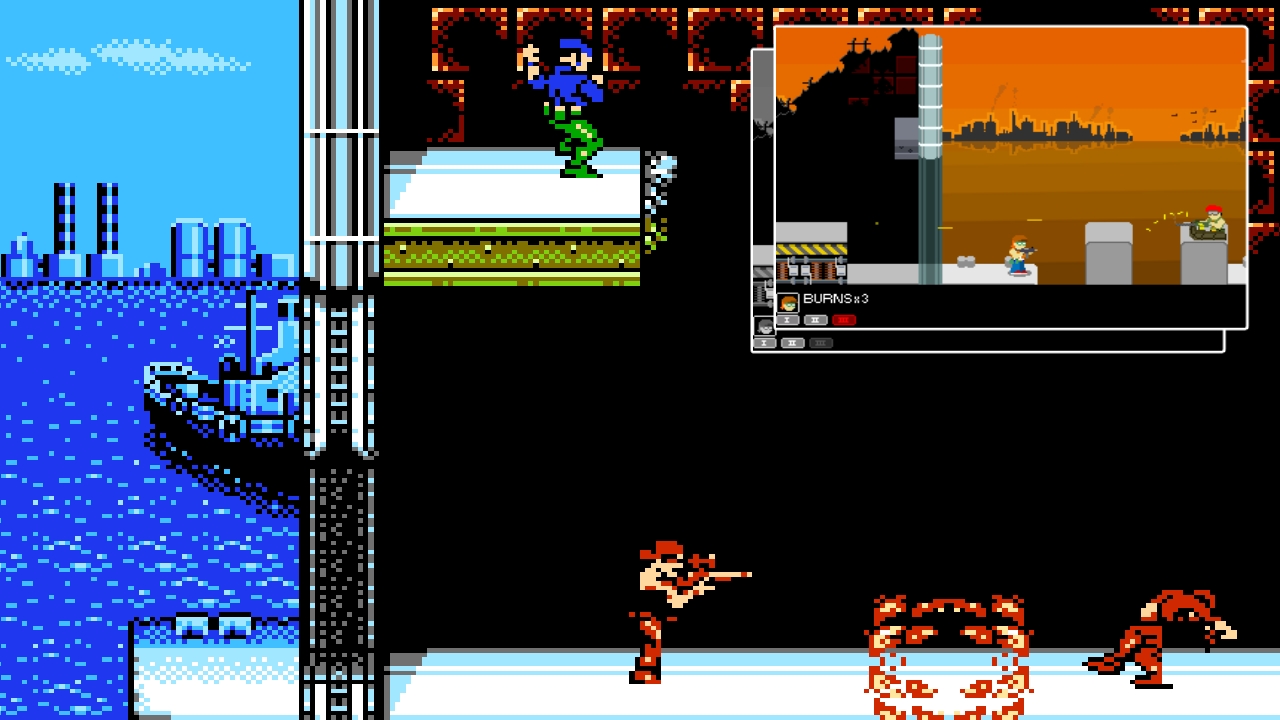
Contra Force (Arc Hound)
If you thought Nintendo's decision to spare us the trials and tribulations of the 'true' Super Mario Bros. 2 - a game far harder than the sequel we originally received - was all a little bit on the nose, then just get ready for this. Arc Hound, a side-scrolling action title deemed unworthy of Japanese release - was picked up, post-cancellation, and given a full Western debut. Though they did remember to rechristen it Contra Force first. Y'know, just to pull in a few more unwary punters.
Differences between the two titles were obvious. For one, 'Force's gameplay is slow and unresponsive - a marked departure from Contra's usual brand of lightning-fast gunplay. In addition, the game fails to feature any of the series' familiar heroes, and replaces its alien invaders with a stock terrorist faction. Very uncool, Konami.
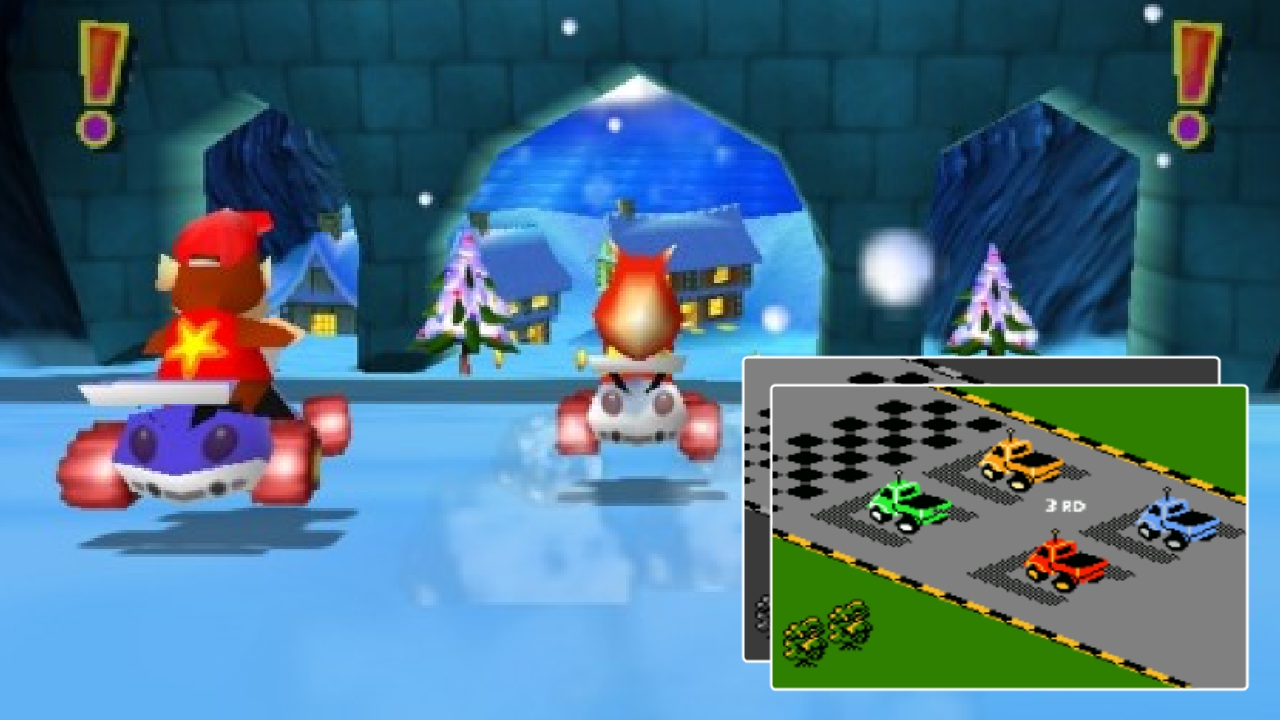
Diddy Kong Racing (Pro-Am 64)
It seems as though the folks at Nintendo are something of a meddling bunch by nature - always 'suggesting' top spots for their best-loved creations at the expense of rather more original mascots. One-time collaborator Rare was keenly aware of this trend, having had its own characters bumped from the spotlight on several irksome occasions. It probably won't surprise you to learn that not everyone on Rare's end was completely happy with the situation, though the relationship did often work for the better. For instance, the team behind Diddy Kong Racing freely admit that Ninty's intrusion did end up helping the game.
Having already endured several conceptual revisions (the title began life as an RTS) DKR would eventually morph into a sequel to the NES racing game RC Pro-Am. Other early versions featured tiger cub Timber as the game's central mascot, with players utilising trikes and/or rideable animals instead of the finished game's transforming vehicles.
